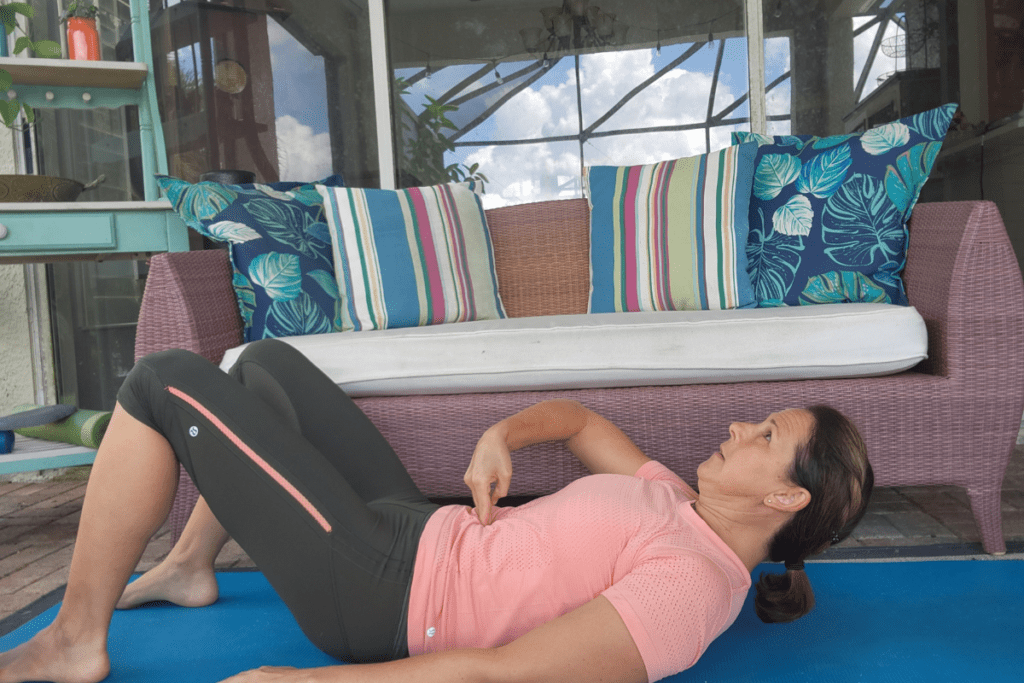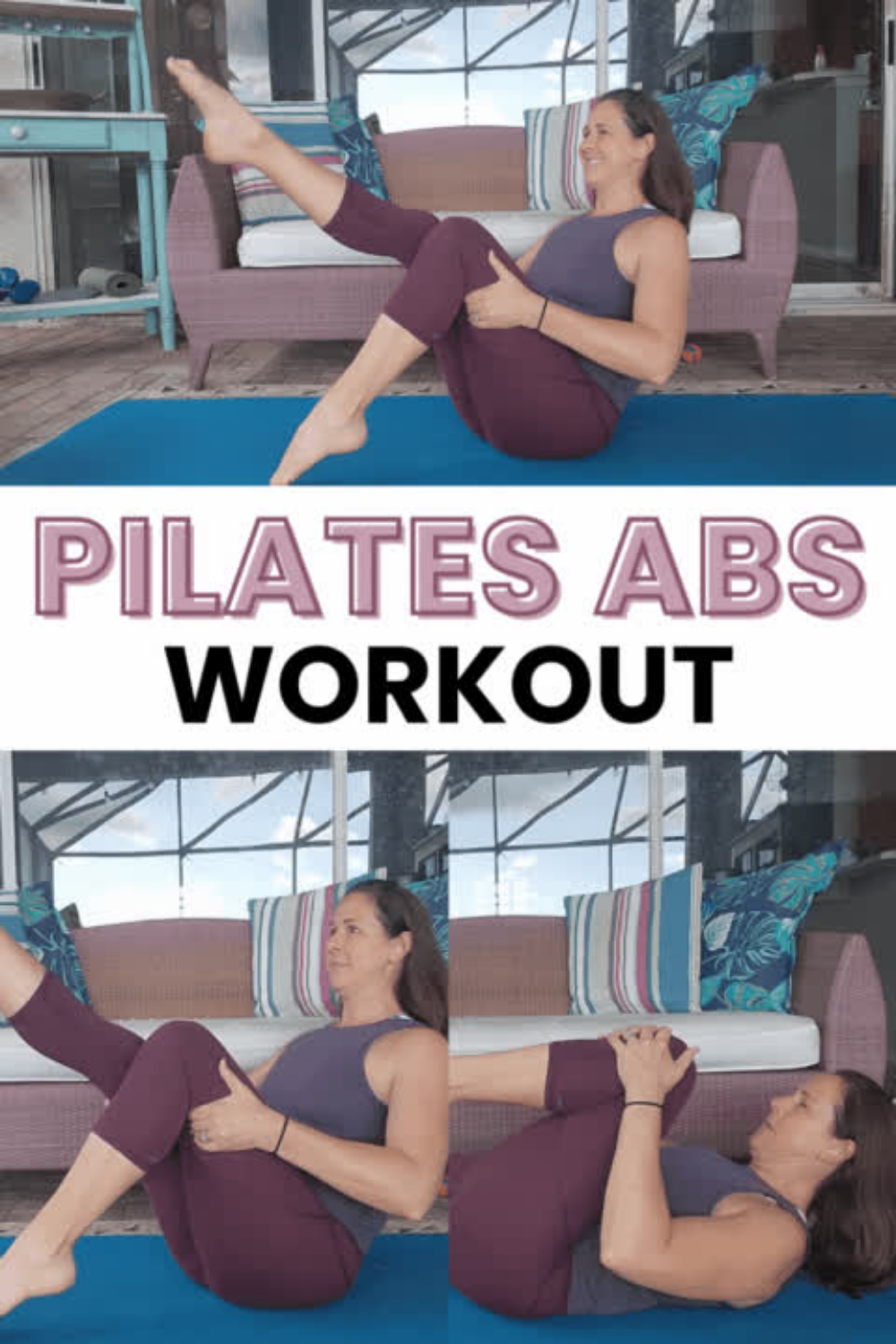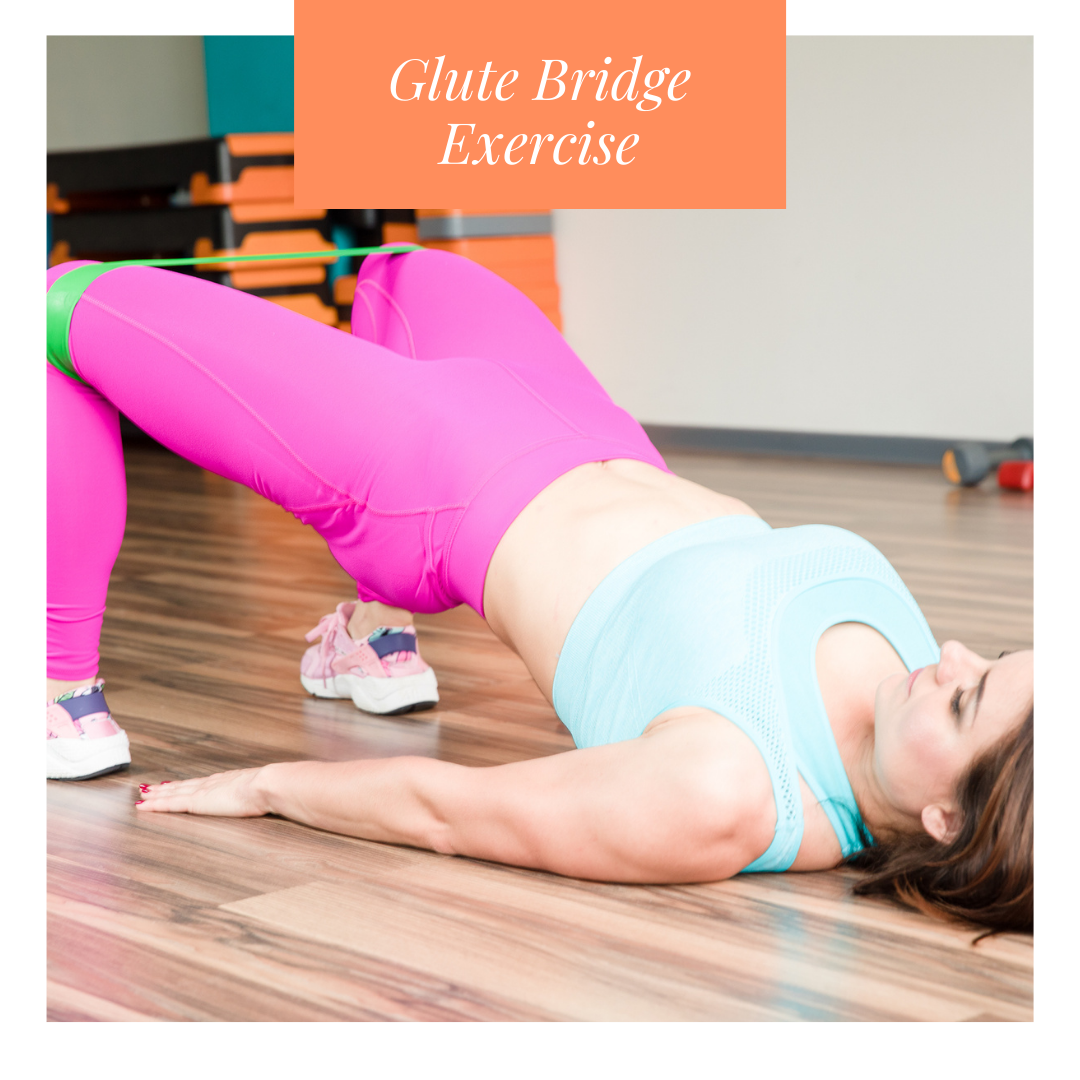Tips on how to practice Proper Plank Form and Variations
Tips to help you practice proper form when planking.

Why do so many trainers talk about the plank exercise? What do they really do for you? How do you know if you’re doing a plank with perfect form? This blog post will help you sort out the truth about traditional planks and give you a short guide on how to plank with proper form so you can be successful at this common core exercise.
Why you should plank
Planks are one of the most effective bodyweight exercises, as they work the entire body. When you hold a traditional plank, you engage almost every muscle in the body. Still, most importantly, a plank will help strengthen your abdominal muscles (including transverse abdominis, rectus abdominis, gluteus medius, back muscles, and pelvic floor). We want to strengthen these core muscles as they are used in everyday movement while providing core stability, protecting your lumbar spine and back, and decreasing your risk of injury. Perfecting your plank with good form can help improve core definition, prevent back injuries, and improve posture and balance.
Proper plank form takes practice. If you are a beginner, start upright on the wall in a neutral position, trying to keep your body in a straight line. As you get stronger, you can move to a high counter, table, and then down lower to a chair. Aim to hold the plank for 15-20 seconds at a time for about 2 minutes. As you increase your core strength, you can hold the standard plank pose for up to about a minute; if you start to go past a minute, then it is time to create movement within the exercise to change it up.
Proper planking Form:
- Starting position: Lay on your belly with your elbows directly below your shoulders and hands flat on the mat or rotated to face the sky for a traditional forearm plank
- Push yourself up so your neck and back stay in line (think push-up position from elbows).
- Engage the core so your lower back doesn’t sink (think zip up from the pelvic bone to the rib cage). If you notice lower back pain, you are making this common mistake.
- Push your heels back away from your body while engaging your glutes, core, and shoulder muscles (to modify, stay on your knees)
- Press up through your shoulders so that your shoulder blades are pushing out and around towards the side of your back (not falling in towards your spine). Do not overuse the upper back (see below for the common mistakes).
- Keep your neck long and straight while looking out in front of your fingertips; think neutral spine.
- Do not lift your neck up, think chin down towards chest.
- Increase time as much as you can, up until a minute.
The great thing about planks is they require no equipment so you can do them anywhere at anytime! As a beginner you can aim to hold one plank for 10-30 seconds with or without modifications. As you improve you can aim to hold three plank sets for 30-60 seconds each.
When not to plank:
There are of course reasons why you should not be planking. That includes having diastasis recti (DR or split abs). This is where there is a separation of the rectus abdominis muscles at or around the belly button. The reason why you don’t want to hold plank if you have Diastasis Recti is because you are putting a lot of pressure down on the abdominal wall, and if you haven’t learned to control the pressure (through breathing) you can create too much pressure which can keep you from healing your diastasis recti. If you are unsure whether you have Diastasis Recti, grab our Guide to test yourself.

Most common Plank Mistakes
- Sinking into your lower body-this usually means you are using your upper body more than your core to create the plank position. Make sure to engage the glutes and draw your pelvis towards your rib cage, like you are knitting your abdominal muscles together.
- Sinking into your upper body, where the shoulder blades are coming together towards the spine. This can cause shoulder pain or injury, it is important to think about broadening your back so that the shoulder blades are wrapping around the side of your ribcage.
- Over gripping with the ribs-this is when you tend to be overly rounded in the upper back, which creates pressure down on the pelvic floor. If you have strong upper abs and a low belly pooch, you probably tend to do this.
Other Plank Variations to try:
- Straight arm plank-this is another basic plank position that is slightly easier than on elbows.
- Side plank
- Plank with leg lifts
- Reverse plank
- Plank jacks
- Shoulder taps while in plank
Other blog posts you may enjoy:
Core Fitness for Moms – How To Build A Strong Core With These Exercises







One Comment
Comments are closed.